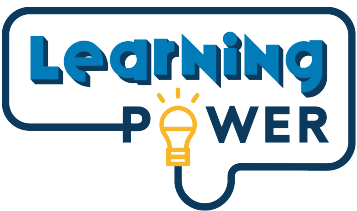Lesson Overview

Lesson Material
Hello Educators! Check out the lesson overview for our 3rd Grade Learning Power in-class field trip on heat transfer and insulators. Interested in us coming to your classroom? Schedule a visit!
Georgia Standards of Excellence
Lesson Focus: Practice measuring temperature and explore heat transfer and how insulation affects changes in temperature.
S3P1. Obtain, evaluate and communicate information about the ways heat energy is transferred and measured.
a. Ask questions to identify sources of heat energy. (Clarification statement: Examples could include sunlight, friction and burning.)
Key Concepts:
- Heat can be measured using a thermometer.
- Heat energy can be transferred
- Heat flows from hotter to cooler spaces
- Insulators are materials that slow the flow or transfer of heat There are many ways to be energy efficient at home and at school
PARTS 1 & 3: CUP EXPERIMENT
Heat can be measured using a thermometer. Heat energy can be transferred. Heat flows from hotter to cooler spaces.
PART 2: ICE MELTING BLOCKS
Insulators are materials that slow the flow or transfer of heat.
PART 4: CONCLUSION
There are many ways to be energy efficient at home and at school.
Class Activities
Lesson Objectives:
- Determine if a material is a good insulator.
- Use a thermometer to measure heat energy.
- Recognize the uses of electricity in everyday life
Part 1: Cup Experiment - Beginning Temperature
Materials:
- 2 insulated cups
- 1 lid
- 2 thermometers
- Data recording sheet
Purpose of Activity:
Use thermometers to measure the water temperature. Record the temperature of water in each cup and recognize that the cups are starting with water that is the same. Predict if the cup with or without the lid will better retain the water’s heat.
Part 2: Ice Melting Blocks
Materials:
- Ice melting blocks
- Ice
Purpose of Activity:
Recognize that some materials are better insulators than others. Insulators slow the transfer or flow of heat, while conductors support the transfer or flow of heat at a faster rate.
Part 3: Cup Experiment - Ending Temeperature
Materials:
- Revisit cup setup from Part 1
Purpose of Activity:
Use the thermometers to measure the water temperature. Record the temperature of water in each cup and recognize that the cup with the lid has a higher temperature than the cup without a lid. Identify the lid as a good insulator
Part 4: Conclusion
Materials:
- Activity Sheet – Lower half
- Bright Ways to Save Energy In and Around your Home
- Energy Efficiency Learning Map
Purpose of Activity
Compare the cups to your house. Heat is able to transfer through both big and small spaces. Determine the direction of heat flow.
Complete the fill-in-the blank: Review and put newly obtained knowledge in action. Identify ways to energy efficiency is practiced. What are some ways that you can be efficient with energy? Can you find any of these on the Learning Map?
